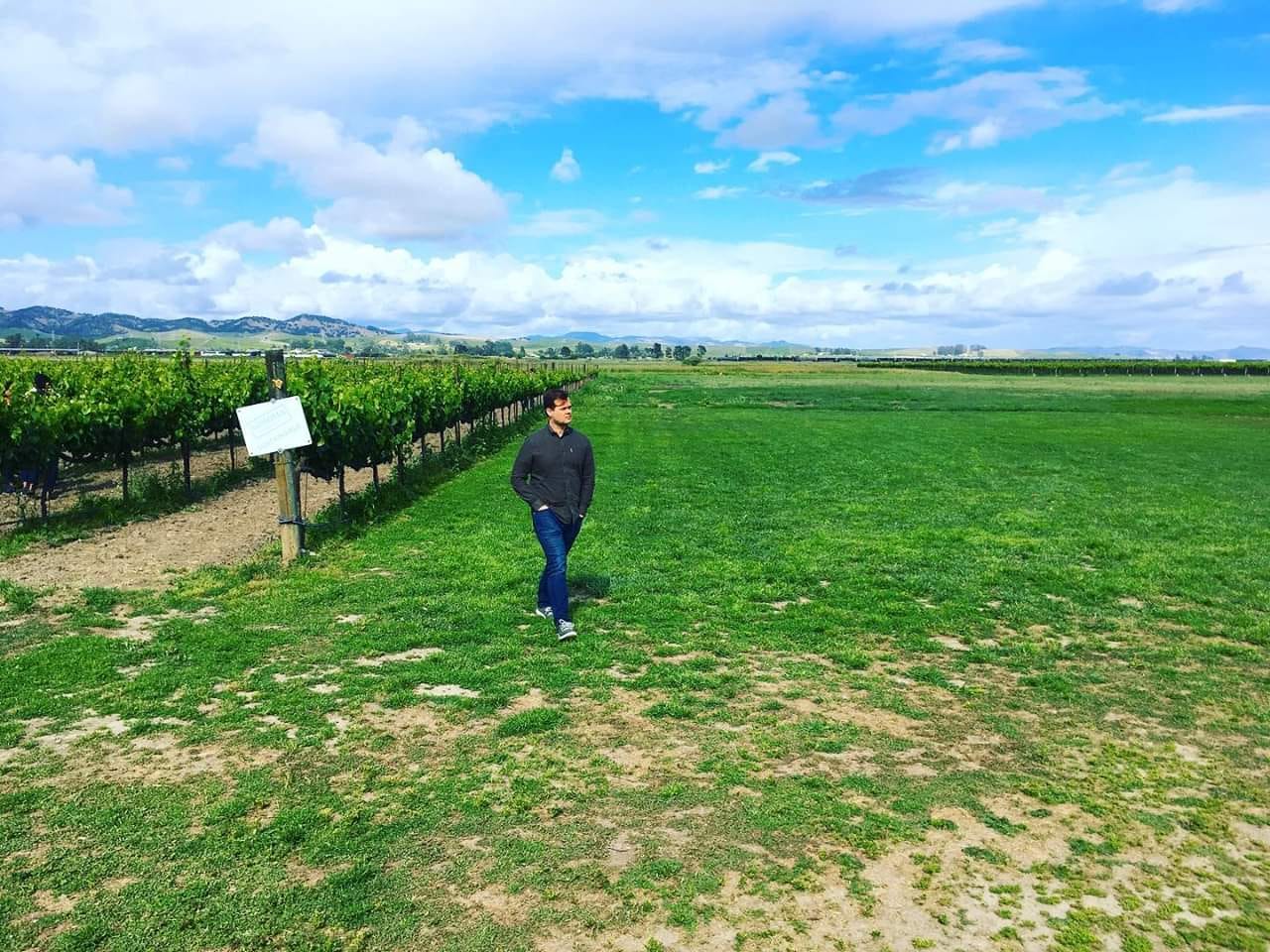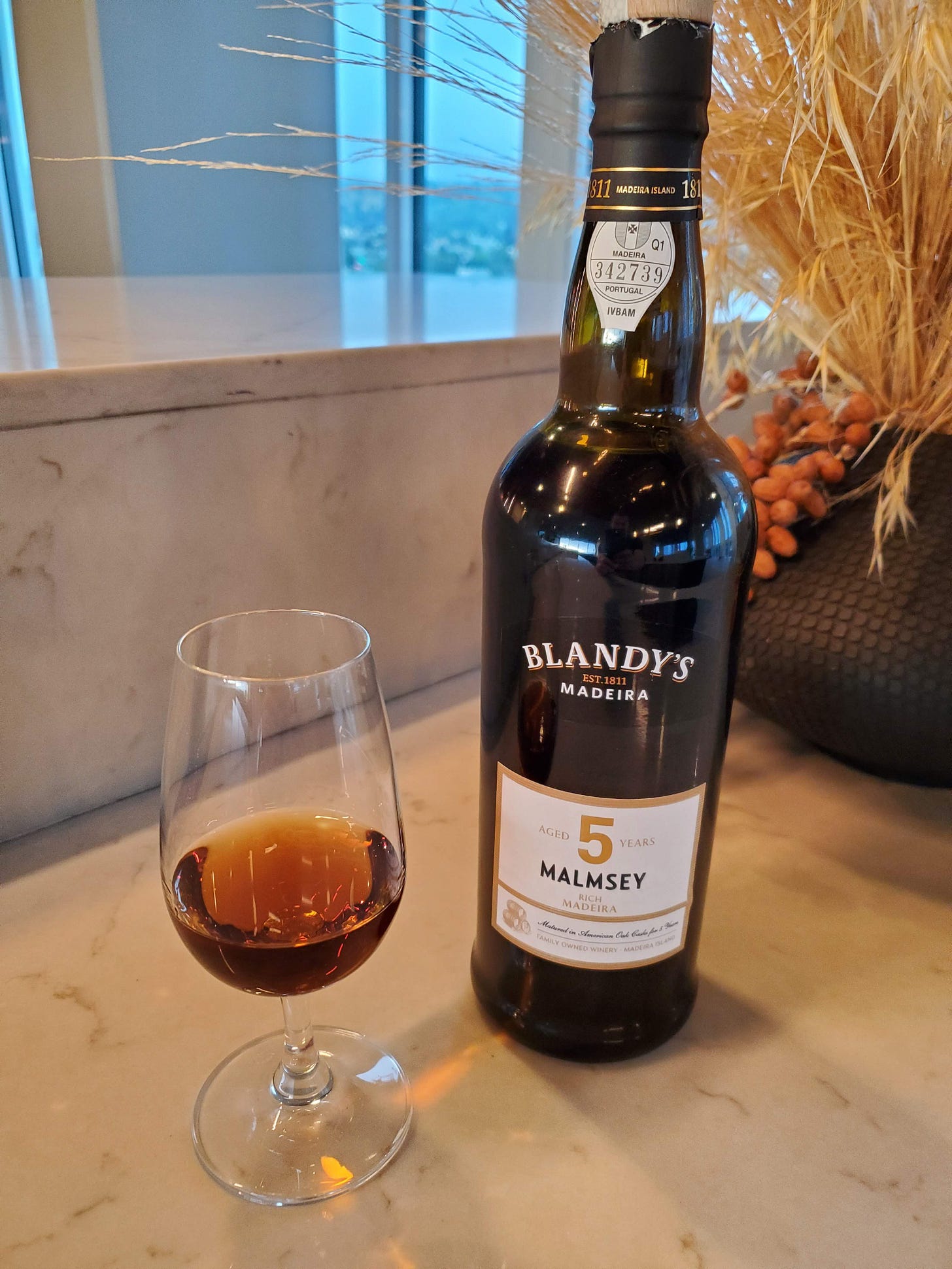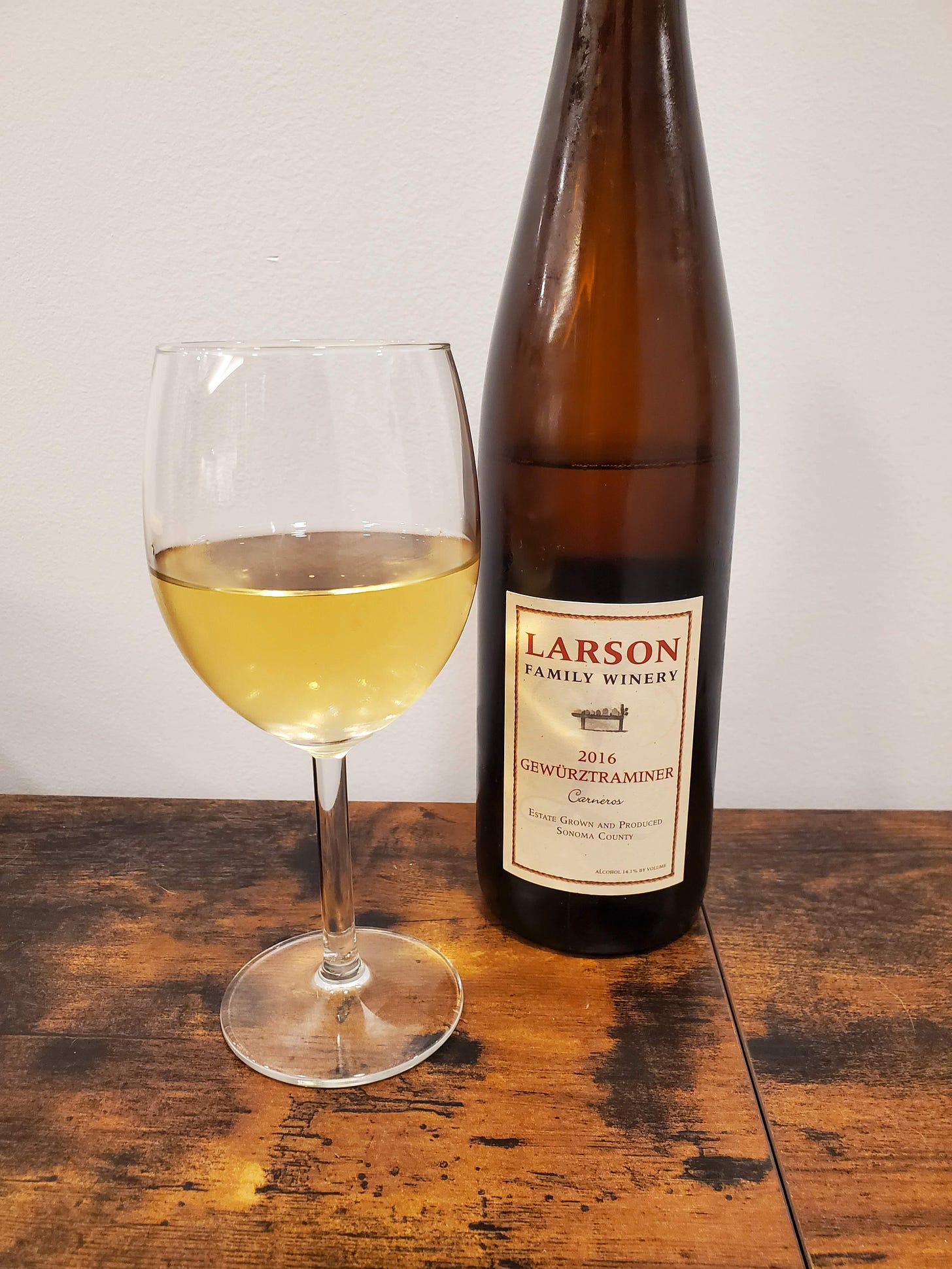I wanted to take a moment to go over a category many modern wine consumers don’t think of: bottle aged white wine. Usually when they hear white wine, most people think fresh, fruity, and crisp. That’s not all though! When aged, assuming the wine can support aging, white wines take on a whole new, savory character.
By the way, if you missed it check out my article on the general bottle aging process for wines for more age-related discussion:
Bottle aging in wine
You know that feeling when you’ve been hard at work, all day, and you’re still not quite done? That was me a few nights ago. I set a milestone for myself (it was doing laundry, but that’s not important) and my reward was fishing through my cellar for one of the wines I had hidden away years ago. When I say cellar, what I really mean is cardboard box in …
Effects of aging white wine
So what happens when white wines age in bottle?
Very similar to bottle aged red wines, they undergo color transition and those bright, fresh flavors change as oxygen and wine slowly mix. Tannin development isn’t really a thing though, since white wines have very little tannin to begin with.
White wines will change from a typical lemony or gold hue into a darker brown. With extreme age, they are typically entirely brown like you may see in some Chateux d’Yquem (century-old example for illustration, they can take this shade at much younger age) or the Malmsey Madeira in my photo below. Technically speaking, the color transition actually comes from accelerated aging in oxidative, hot conditions by the producer rather than bottle age though. Either way, sometimes it’s hard to believe these are even white wines!
In terms of flavor development, aged white wines tend to be more savory than their younger selves. Typical early drinking styles could have flavors ranging from fresh lemon or lime, white peach, and honeysuckle to name a few. As these age, the fresh flavors can start to exhibit a dried or baked version of their former selves, so that ripe white peach could become dried peach slices as an example. Other flavors can transform into something entirely new, like hay (it’s a good thing) or mushroom. There’s some complex chemistry at hand here which causes these changes, but generally speaking it all comes from oxygen interacting with various organic compounds present in the wine, either from the grapes themselves or anything the wine may have picked up in the winery from human intervention or otherwise.
Which wines are age worthy?
Just like red wines, not all white wines are going to improve with bottle age. Generally speaking, most white wines won’t improve but this does not mean they are bad wines. They just weren’t produced with the intention of bottle aging, by and large because this is the expected style from most consumers. There are however quite a few white wines which can age quite well.
As a rule of thumb, the bottle aged white wines typically have fairly high acidity and already prominent aromatics in their younger days. The acid is key there to really help the wine age without spoiling and give it a bit more backbone to stand upon. Usually age-worthy white wines also have many different aromas as well, since this means there is just more in the wine to develop in an interesting way. Also, generally speaking, a key component comes from the winemaking process. Usually for a wine intended for bottle aging, it will be exposed to oxygen during it’s fermentation cycle and perhaps undergo a period of barrel aging in new or old oak. That early oxygen contact helps the wine to deal with oxygenation over it’s lifetime, whereas wines made without oxygen during winemaking typical fall off quickly with later oxygen contact.
There are a few grape varieties that are prized for their ability to age. Chardonnay is perhaps one of the most well known. You see it across a huge number of regions, from bold, often buttery Napa Chardonnay to the smooth, complex wines of Burgundy. Chardonnay is often a key ingredient in Champagne, where it may be a major or minor component of the blend. By definition, Champagne is a bottle aged white wine actually.
Riesling, which in the US often comes in a simple sweet and floral form, can also age in bottle for decades. Long-aged Riesling, like those from the Mosel in Germany, are some of my favorite aged white wines. They develop really interesting, almost kerosene-like (again, a good thing) aromas. The acidity in these can be intense, so maybe don’t drink too much if you value the enamel on your teeth.

Perhaps a less known German variety, Gewurztraminer, also tends to age very well in bottle if made to do so. These turn really interesting, as they often take on dill pickle or pencil shaving aromas. Maybe that sounds strange for a wine, but put this with some fish, or maybe tofu and lemon sauce in my case, then you have a great pairing.
Tasting
Luckily for you, I recently had a 2016 Gewürztraminer from Larson Family Winery in Sonoma, CA. While I doubt that Larson really intended this to be a cellared wine, I’ve had it tucked safely away for the past several years. Let’s see how it’s tasting.
The wine has a nice gold hue and is fairly opaque for a white wine. I know what you’re thinking, I said aged white wines often showed some degree of browning. That’s really a broad generalization and the time frame is different for different wines. Whether or not this one was lighter in youth, I can’t say since I didn’t see it. The more telling features of bottle age are in the aromatics, which are in abundance here.
The wine has evident aromas of bottle age, like dried honeysuckle and wet slate. It also shows the characteristic Gewürztraminer dill pickle with a bit of white pepper. The most interesting flavor to me though, how similar the wine tastes to a king trumpet mushroom. Yes that is oddly specific, and maybe because I made some of these for dinner a few days back, but it was there. These flavors, combining with lemon curd and a little honey, make this a really interesting experience. Most likely it would be best with food, but it’s still just fine to drink on it’s own. One last thing of note here, which comes from the grape itself, is that the wine has a smooth, almost oily texture that really complements the flavors.
My only, slightly negative remark is that the wine here is that the flavors in the wine are not as intense as some other similar ones I’ve tried. This doesn’t mean it’s a bad wine by any degree, just that it is a bit shy of some absolutely outstanding wines. For a wine that I’m nearly certain the producer didn’t want me to bottle age, it’s really held up great and that’s a testament to careful winemaking.
Unfortunately, it’s very unlikely you could get this vintage of the wine (I couldn’t even find a reference to buy online). Feel free to check out some other offerings from Larson though or stop by their space if you’re ever in the area! They have a fun outdoor area with plenty of room to hang out in the sun or shade.

Before you go
I hope you all enjoyed the discussion of aged white wines here and feel interested enough to go out and give one a try. I really like these as they show just how different wines can be and you can find some really interesting products. This two week cadence seems like it will work well, so expect more from me in another two weeks!
As always, leave a comment with your thoughts or if you would like the hear anything in particular.





